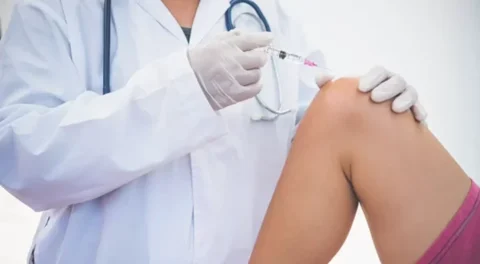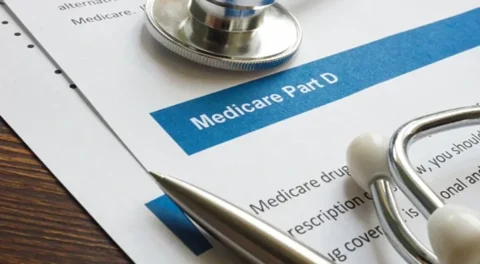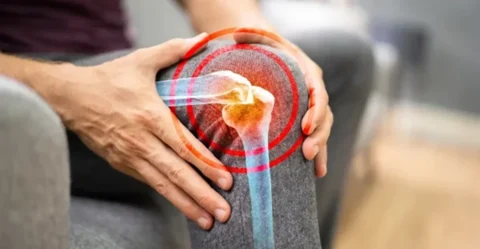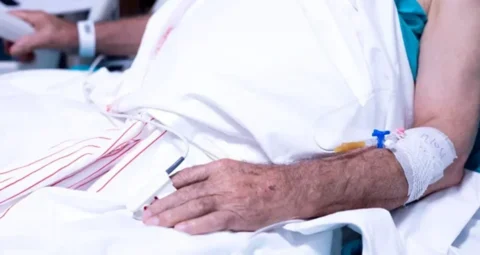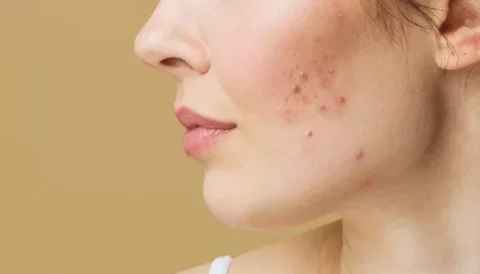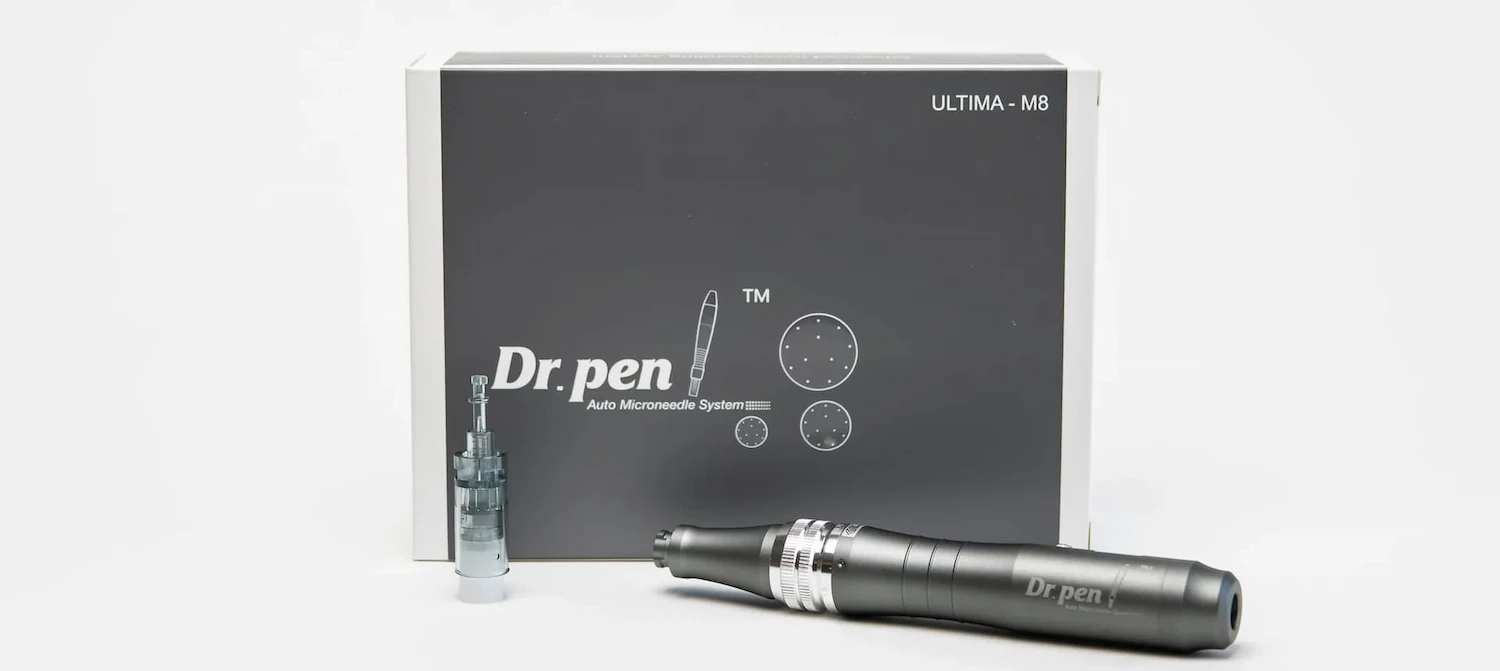Many treatment options have arisen that facilitate hair regrowth, which brings hope to patients with genetic hair loss disorders like androgenetic alopecia. One of these treatments is the platelet-rich plasma, which can cost up to $1,000 per treatment session.
So is PRP worth it for androgenetic hair loss? There is enough evidence available that points out how PRP is an effective treatment worth trying for androgenetic alopecia. It’s a non-surgical treatment with good efficacy and safety profiles that are demonstrated to bring improvements to hair thinning. Optimum benefits are also ensured when it’s combined with other treatments like FACE Med Store’s PEP Factor.
What Science Says About Platelet-Rich Plasma And Androgenetic Hair Loss
Despite the difference in prevalence among ethnicities, with white men being the ones most susceptible to the disorder, it’s still clear that androgenic alopecia is one of the most common conditions that can be observed in humans that it’s considered to be a normal variation by some.
Despite hypotheses implicating many factors that may cause this disease, the exact mechanism is still unknown and research is still ongoing to find ways to reverse the appearance of this progressive form of hair loss.
An example of the product of these researches is the advent of the use of autologous platelet-rich plasma to see an improvement in hair growth. However, protocols for the preparation and treatment using PRP aren’t yet standardized.
In fact, a literature review of the different studies like a randomized placebo-controlled trial regarding the use of PRP for the improvement of androgenetic alopecia has shown conflicting results, in that some have demonstrated an increase in hair count and hair density while others haven’t observed any improvements in the area treated.
Regardless, intradermal injections of platelet-rich plasma have shown promising effects for hair growth, comparable to that of other medications for different types of hair loss like topical minoxidil solutions and oral finasteride and procedures like hair transplantation.
PRP then is still worth trying especially when the standardization of the treatment protocol has been studied and the optimum dosage and frequency have been established.
How Platelet-Rich Plasma Works
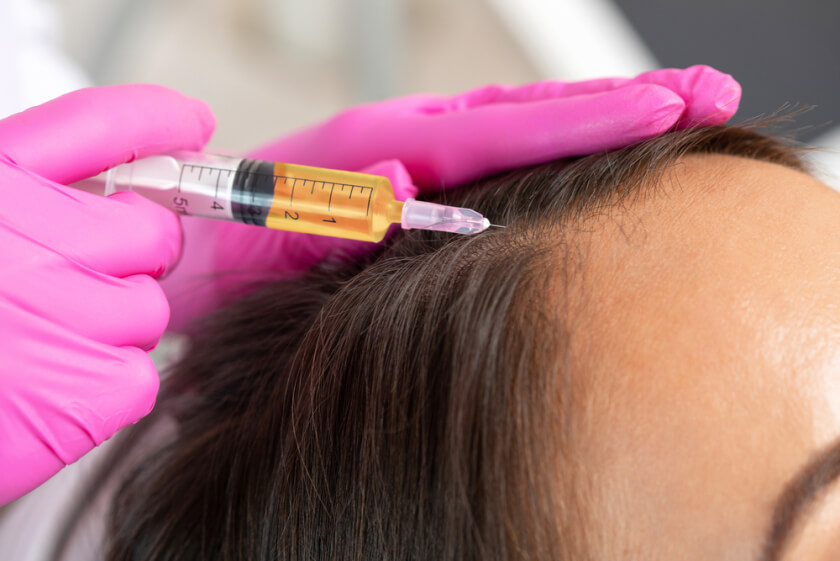
Platelet-rich plasma is a minimally-invasive treatment for hair loss. Patients with androgenetic alopecia can observe a noticeable increase in hair thickness through a mechanism that’s heavily dependent on platelet concentration.
This is because platelets release the growth factors that regulate the hair cycle to prolong the anagen phase, the phase where maximum growth of hair follicles occurs, and to increase the concentration of these growth factors normally released by dermal papilla cells.
Some of the platelet-rich growth factors contained in PRP that are implicated in their growth-promoting properties include:
- Platelet-derived growth factor (PDGF) – PDGF helps promote hair growth by stimulating angiogenesis, the process in which new blood vessels in the scalp are formed. This further adds to the efficacy of platelet-rich plasma as one of the treatments for hair loss because better blood flow towards the scalp helps provide the nutrients and oxygen necessary for hair growth.
- Vascular Endothelial Growth Factor (VEGF) – VEGF is one of the growth factors that are observed in the dermal papilla cells during the anagen phase. It’s also implicated in the stimulation of angiogenesis and increasing the size of blood vessels surrounding the hair follicles for better blood flow through the scalp.
- Epidermal Growth Factor (EGF) – EGF is also capable of stimulating angiogenesis that works like the other 2 growth factors described above. It can also promote the proliferation and regeneration of hair cells.
- Insulin-Like Growth Factor-1 (IGF-1) – IGF-1 can also effectively promote a reduction in hair loss and the promotion of hair follicular growth through angiogenesis similar to those described above.
Prolongation of the anagen phase can also be done by stimulating the Wnt/β-catenin/T-cell factor lymphoid enhancer, which, in dermal papilla cells, is observed to promote the activation of the anagen phase. Anti-apoptosis regulators (regulators that prevent the programmed cell death of hair cells) like ERK and Akt signaling are enhanced as well.
How Platelet-Rich Plasma Is Obtained And Administered
Platelet-rich plasma is an autologous formulation, meaning it’s taken and processed from the patient’s own blood components.
This is done by drawing blood from the patient through either a tube containing an anticoagulant which may be directly used in centrifugation or a syringe with an anticoagulant then the blood will then be transferred to a secondary tube that fits the centrifuge. Common anticoagulants used for this purpose include acid citrate dextrose and sodium citrate solution.
Centrifugation then separates the blood components based on their densities, with platelets being the ones on top of the tube because it has the lightest density. The plasma which is now rich in platelets will then be collected. Depending on the one preparing the PRP, thrombin and calcium chloride may also be added, to induce the activation of platelets.
Upon preparation, the platelet-rich plasma will then be injected intradermally with equal spacing to the areas with visible hair loss.
Because platelet-rich plasma therapy is still in its experimental phase, there’s still an ongoing discussion with regard to the different aspects of this product, such as the frequency of application, the dose and site of injection, and the centrifugation protocol to be followed.
Safety Of Platelet-Rich Plasma
Since platelet-rich plasma is a blood formulation for hair restoration that’s taken and processed from the patient’s own blood components, it’s ensured that allergic reactions against the formulation and the risk of contracting communicable diseases won’t happen.
Only minimal side effects are to be expected when a patient undergoes platelet-rich plasma injections, which include mild redness, bruising, swelling, and pain in the injection site.
Infections may also occur, although this can be attributed to whether or not the PRP injection is processed in sterile conditions. Nerve and tissue injury may also occur although this may rarely happen as long as the healthcare provider that will be performing the procedure is highly skilled and trained.
PEP Factor: A High-Quality Hair Formulation
Platelet-rich plasma treatment is worth trying especially because it’s backed with evidence from clinical trials. Combination therapy where platelet-rich plasma injections are added with other treatments that bring an improvement in hair volume can also be done for better results.
A good complementary treatment to PRP injections that can help in the clinical improvement of androgenetic alopecia is FACE Med Store’s PEP Factor, a high-quality hair formulation. It can help facilitate an increase in hair density through its nourishing ingredients.
PEP Factor also has no adverse effects recorded, owing to its topical application and its natural ingredients. Most notable of these ingredients are the basic fibroblast growth factor (bFGF) and copper peptide. Basic fibroblast growth factor has growth-promoting properties while copper peptide has antioxidant properties.
PEP Factor can also be used with other treatment modalities like microneedling and may also be used not just for hair growth but for skin rejuvenation as well.
Get The Best Medical Supplies and More at FACE Med Store
Research has shown that platelet-rich plasma is a feasible treatment option for androgenic alopecia, although standardized protocols for preparation methods and dosage administration are yet to be established for it to have consistent results and optimum benefits.
At FACE Med Store, we’re consistent in providing the best medical supplies to fulfill the satisfaction of our clients. We’re committed to giving the best products for your hair care needs complemented with excellent customer service. Contact us today at info@facemedstore.com and learn more about the products that we offer.

